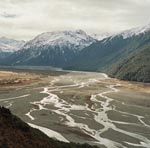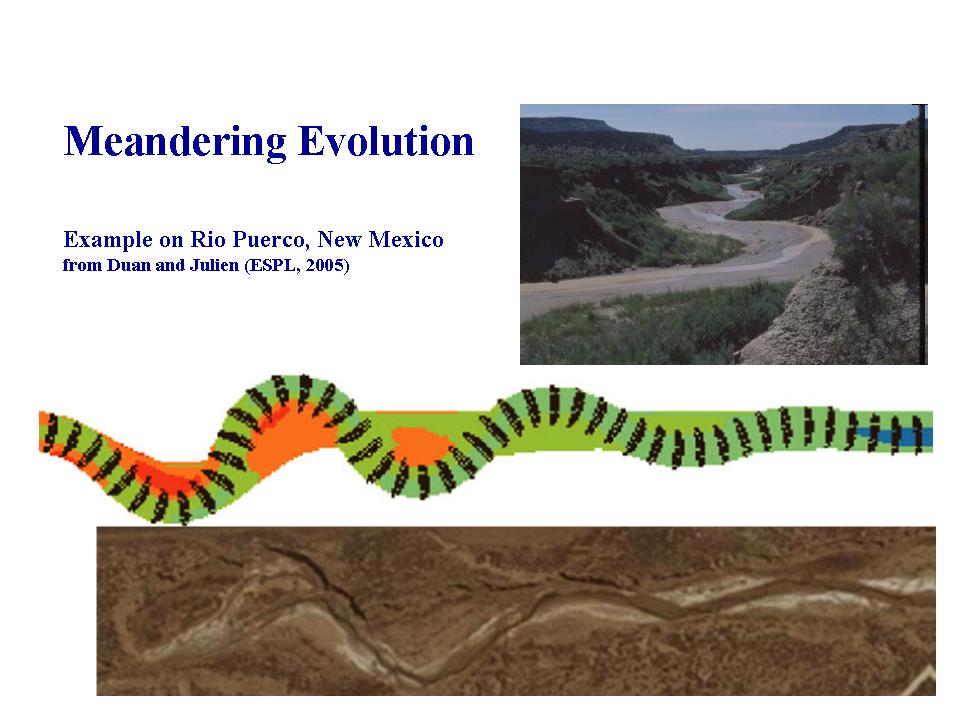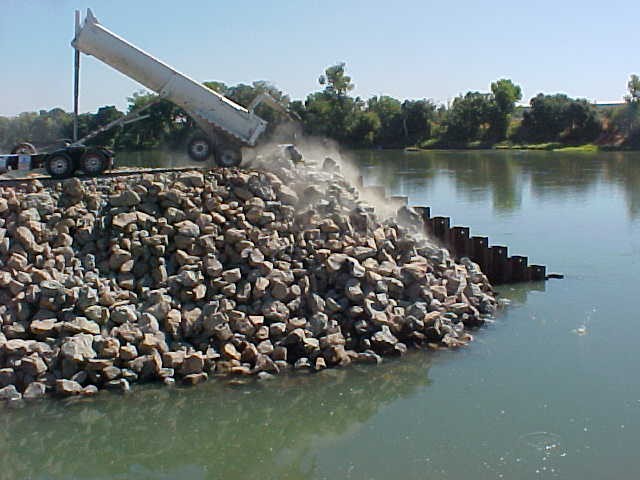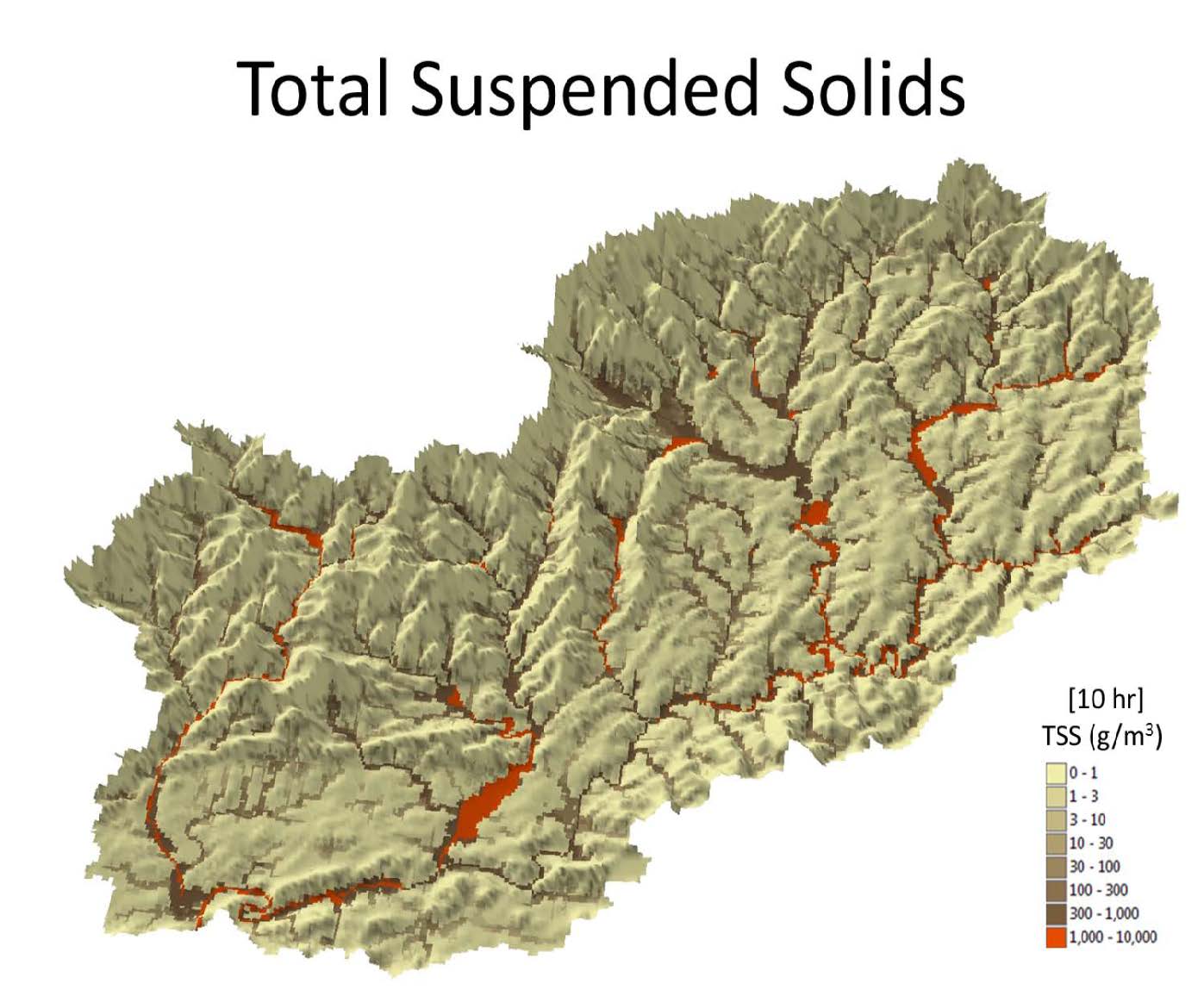River Mechanics
Our river mechanics program focuses on water runoff from hillslopes to the oceans. Hillslope processes interface with geology, climatology and hydrology to determine water runoff and sediment sources from upland areas. Our interests include micro channels on farmlands and large river channels that shape landforms and human society.
Mountain streams with boulder-, cobble- and gravel-beds are studied in terms of morphology hydraulic roughness, stability and morphodynamics, as are sand-bed rivers at lower elevations. Sand-bed rivers display unique features in terms of spatial and temporal changes in bedform geometry and resistance to flow from plane bed to dunes. We focus on rivers in terms of various perspectives: flood wave propagation, dam-break failures, flood control, river-bank stabilization, hydraulic structures, river crossings, and fluvial infrastructure. Currently, we are investigating problems regarding water quality and erosion associated with deforestation and forest fires.
Also, we investigate the dynamic responses of rivers to changes in channel planform geometry. River engineering often involves river systems, inland navigation, waterways, shoaling, water quality and wetlands. Our research can be multi-disciplinary, where we work with biologists to define the habitat requirements for diverse aquatic species. Solutions to water quality problems in rivers require knowledge of the processes and modeling of advection, mixing and dispersion processes.
Computer models are extensively used by us to simulate flows in alluvial river reaches. We also use physical models of complex river systems to investigate changes in planform geometry, grain sorting, bed forms and vegetation. CSU’s Hydraulics Laboratory is a wonderful resource for our studies.
Our current or recent research also includes the following topics
- Surface runoff, sediment transport and contaminant modeling at the watershed scale
- Flood propagation and control on large watersheds
- Dam break simulations for mine tailings with contaminant transport
- Advection, mixing and dispersion of contaminants in natural rivers
- Stream restoration and the aquatic habitat of endangered species
- Hydraulics of bridge crossings, culverts, local scour, highways in the river environment
- Morphodynamic modeling of alluvial rivers
- Reservoir sedimentation and sediment yield in streams and rivers
- Hydraulic modeling of various hydraulic structures
- Physical testing of bank erosion protection countermeasures
- Impact of climate change on hydraulic infrastructure resiliency
- Hyperconcentrations, mudflows and debris flows
- River and streams in cold-regions
More detailed information can be found at the research webpages of
Dr. Pierre Julien (http://www.engr.colostate.edu/~pierre/ce_old/Projects/index.html)
Braided channel morphology:

Modeling channel deformation:

River bank protection on the Sacramento River:

Modeling sediment transport on large watersheds:

Destructive debris flow in Venezuela:
